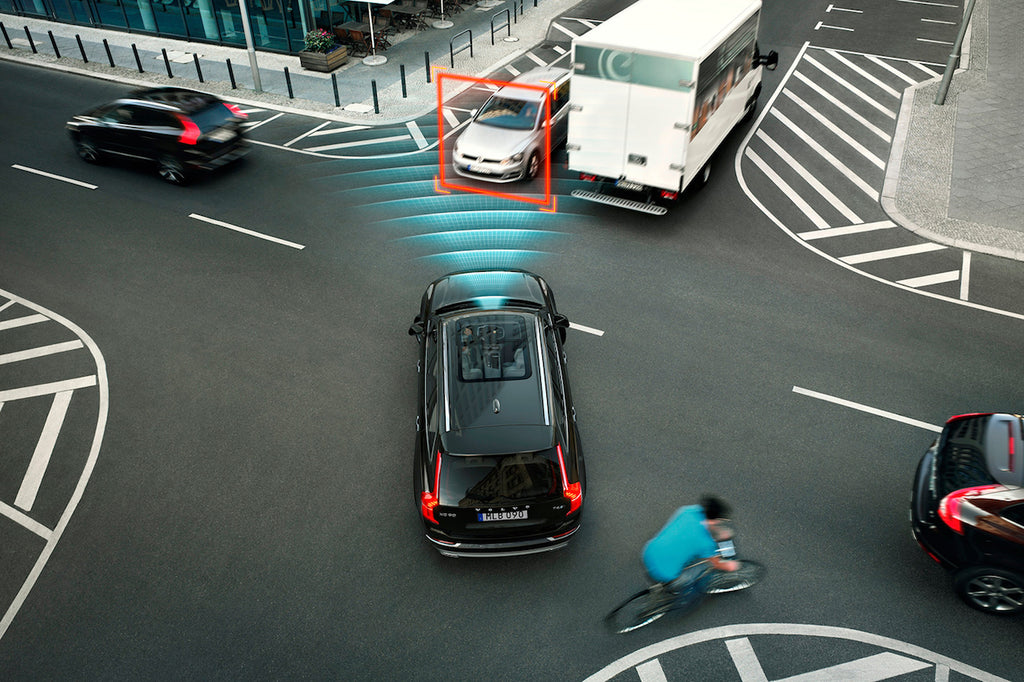(Image Source - Volvo)
When you walk into most dealerships in 2017, you will find that new car models have a plethora of automated features to make some of the tedious areas driving more hands-free. With adaptive cruise control, sensors in cars can detect its surrounding, including the curb or other vehicles coming into blind spots, can detect whether the driver crosses the center line, and employs automatic breaking. Automatic parking features park the vehicle in parallel, perpendicular or angled spots without touching the steering wheel. However, pure self-driving cars are still being designed and tested before they enter the consumer market, so individuals with severely limited mobility are not yet able to take advantage of the new autonomous features available in current models.

(Image Source - Tesla)
Self-driving cars will unlock a tremendous source of independence for individuals with limited mobility or quadriplegia by sitting in the driver's seat for the first time or finally again. Without the need for human assistance, people with disabilities can get from point A to point B without relying on a caregiver, family member or hired driver to take control of the wheel.
Larry Hutchinson, Toyota Canada President, says: “think about the life-changing impact autonomous vehicles will have on the millions of people who have mobility challenges: older people, people with disabilities and people who can’t afford their own car. In the future, they’ll have access to mobility we just can’t provide today.”

(Image Source - David Berkowitz)
Hutchinson believes that individuals with disabilities will be more comfortable adapting to the technology of self-driving cars than the aging population who can no longer drive. There is a large source of mistrust in the older generations that may increase the amount of time we have to wait until self-driving cars are available to the general public. One argument is that society currently relies too much on technology, and are unable to perform basic skills when it fails and cause more accidents. Engineers and researchers reject this claim by stating that self-driving cars will eliminate the accidents that occur by human error - which account for 90% of the 1.2 million car-related deaths each year around the world.
Beyond the obvious safety issues that gain the most attention in the media, Hutchinson stated three challenges to the release of self-driving cars facing the industry:
- Autonomous vehicles are inevitable, but they will not be widely released as fast as the hype conveys. Thus, in the upcoming decades, we will likely see a mix of conventional, automated and, eventually, autonomous vehicles on our roads.
- There’s still a lot of work to be done before fully autonomous vehicles are the norm. There is more research that must be done to eliminate the risks, and even more work to prepare society for its arrival. Car companies must consumers on board and work with community leaders to create regulations and infrastructure to support self-driving cars.
- Canadian distributors and dealers should see the approach of autonomous as an opportunity - not a fad.
Elon Musk, Tesla co-founder and one of the leaders of self-driving technology believes the near future will be driverless. "My guess is that in probably 10 years it will be very unusual for cars to be built that are not fully autonomous," he said. Despite the current risks and hesitation that may prevent the full adoption of self-driving cars, it seems that the opportunity for people with physical disabilities to take control of the wheel is closer to becoming a reality than ever before.



Leave a comment: